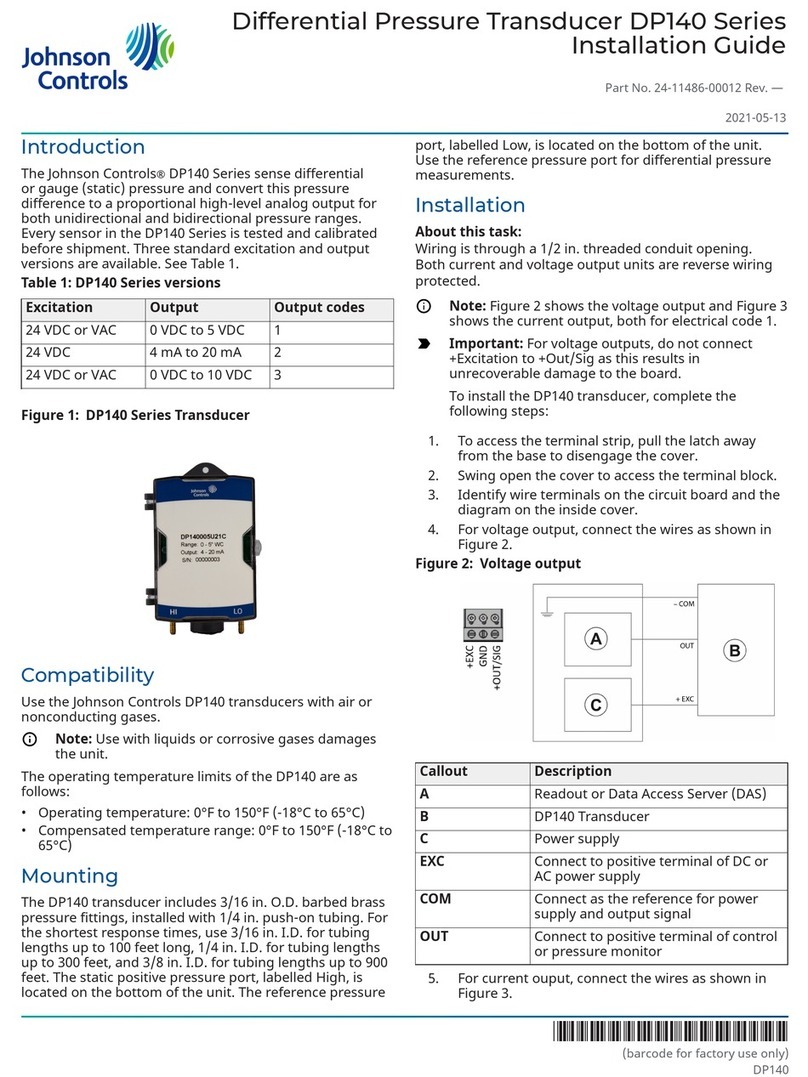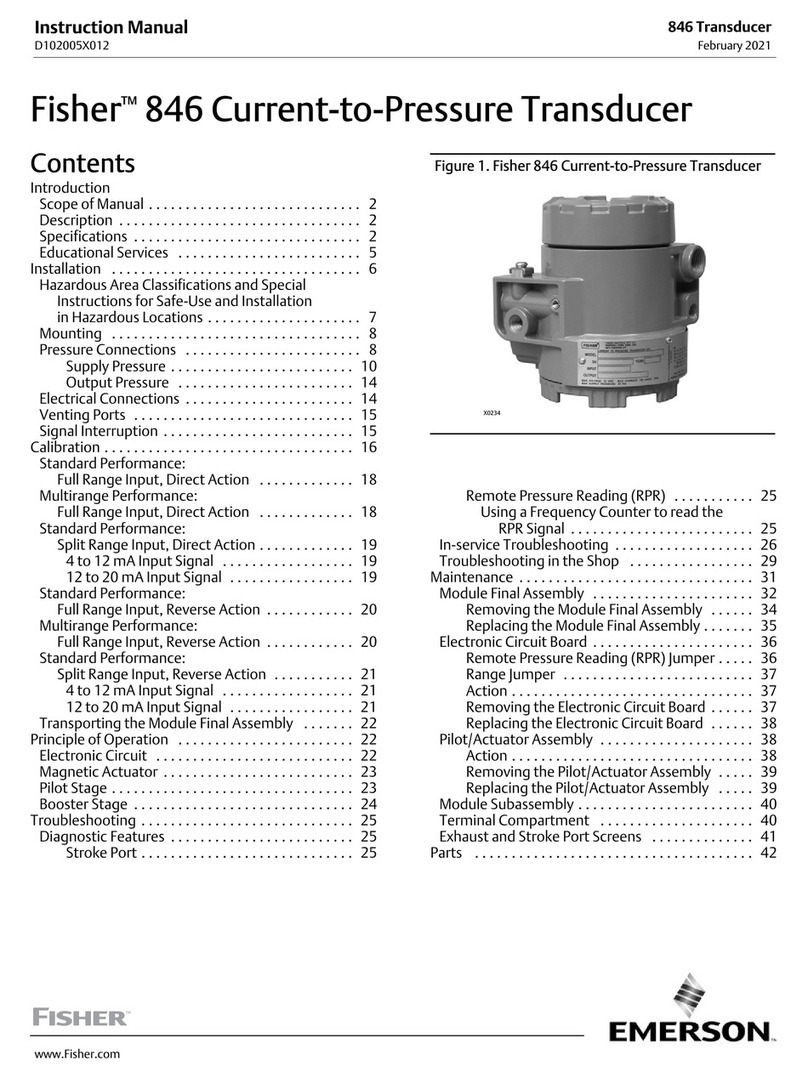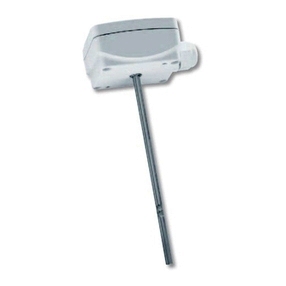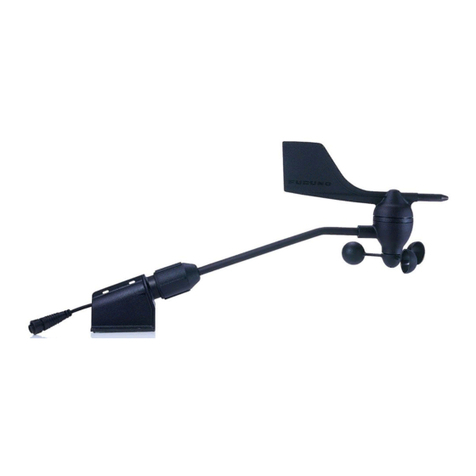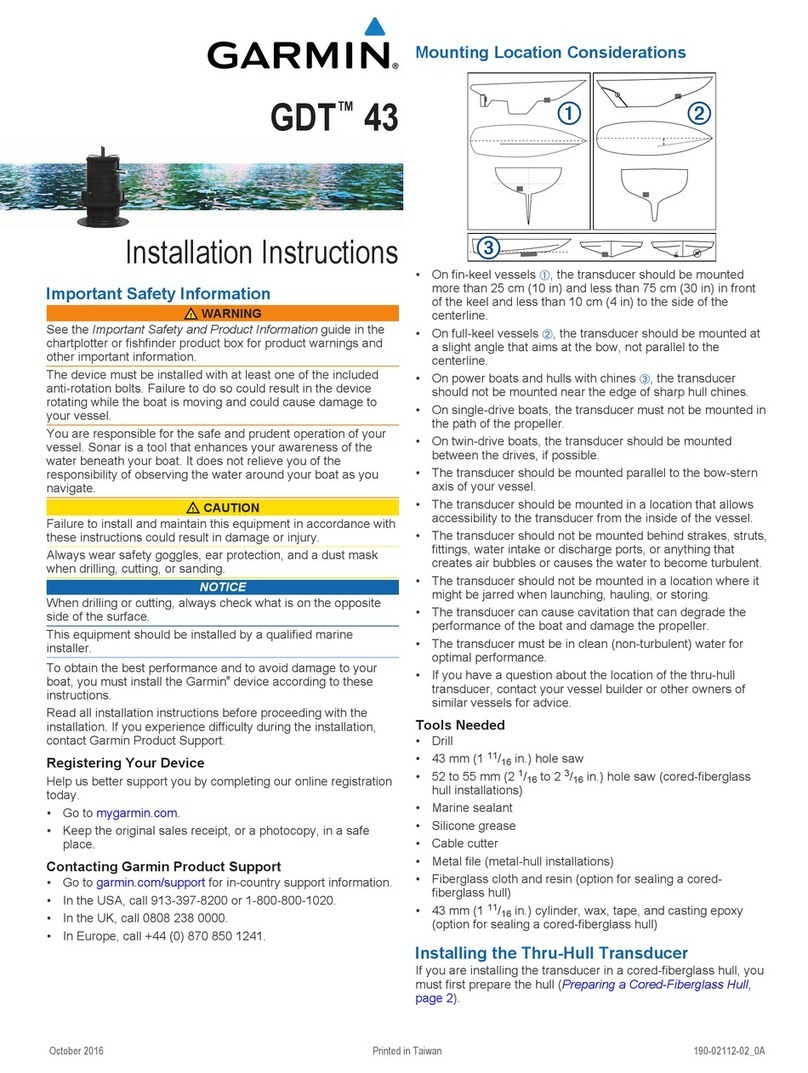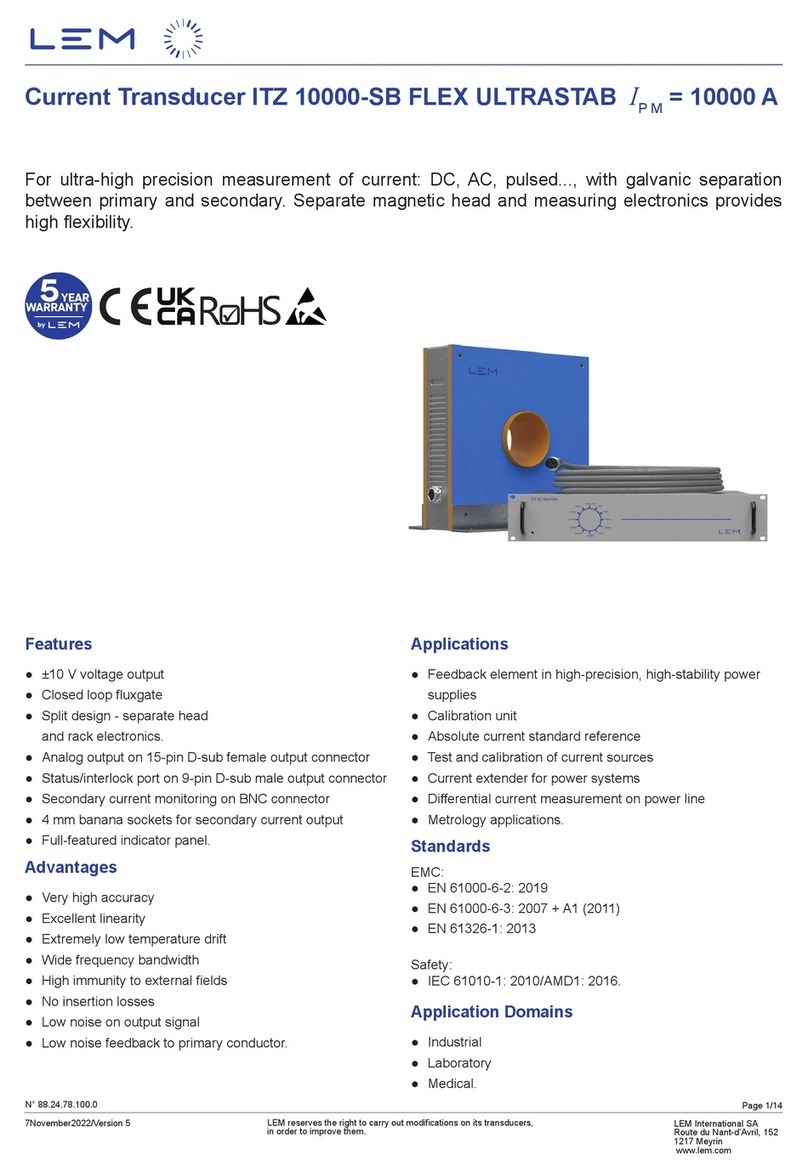Johnson Controls DP150 Series User manual

Differential Pressure Transducer Multi-Range
DP150 Series Installation Guide
Introduction
The Johnson Controls® DP150 Series senses differential
pressure over a multi-sense range. Every DP150
transducer is calibrated and tested before shipment to
guarantee performance for all pressure ranges. The DP150
is available in four versions that have field-selectable
range capability through slide switch and jumpers. See
Table 1. Units are either in inches (in.) of water column
(WC) or Pascal (Pa)
Figure 1: DP150 Transducer
Table 1: DP150 Multi-Sense range specifications
Product
code
Range UNI range BI range
A 1.0 in. WC ±1.0 in. WC
B 0.5 in. WC ±0.5 in. WC
C 0.25 in. WC ±0.25 in. WC
D 0.1 in. WC ±0.1 in. WC
E 250 Pa ±250 Pa
F 100 Pa ±100 Pa
G 50 Pa ±50 Pa
DP150MR1
H 25 Pa ±25 Pa
Table 1: DP150 Multi-Sense range specifications
Product
code
Range UNI range BI range
A 10.0 in. WC ±10.0 in. WC
B 5.0 in. WC ±5.0 in. WC
C 2.5 in. WC ±2.5 in. WC
D 1.0 in. WC ±1.0 in. WC
E 2500 Pa ±2500 Pa
F 1000 Pa ±1000 Pa
G 500 Pa ±500 Pa
DP150MR2
H 250 Pa ±250 Pa
A 5.0 in. WC ±5.0 in. WC
B 2.5 in. WC ±2.5 in. WC
C 1.0 in. WC ±1.0 in. WC
D 0.5 in. WC ±0.5 in. WC
E 1000 Pa ±1000 Pa
F 500 Pa ±500 Pa
G 250 Pa ±250 Pa
DP150MRG
H 100 Pa ±100 Pa
A 0.25 in. WC ±0.25 in. WC
B 0.1 in. WC ±0.1 in. WC
E 50 Pa ±50 Pa
DP150MRC
F 25 Pa ±25 Pa
*241148600020-*
Part No. 24-11486-00020 Rev. —
2021-05-13
(barcode for factory use only)
DP150

Compatibility
Use the Johnson Controls DP150 transducers with air or
nonconducting gases.
Note: Use with liquids or corrosive gases will
damage the unit.
The operating temperature limits of the DP150 are as
follows:
• Operating temperature: 32°F to 122°F (0°C to 50°C)
• Compensated temperature range: 32°F to 122°F (0°C to
50°C)
Mounting
About this task:
Mount and calibrate the DP150 in a vertical position for
quick and easy installation on ducts, walls, or ceilings
and in control rooms. The DP150 comes calibrated as if
mounted to a wall or a perpendicular surface to the floor
or ceiling. If you mount the DP150 in another orientation,
the unit may show a slight zero shift. See Zero adjustment
to correct the zero shift.
Installation
About this task:
The DP150 has a removable terminal block for easy
wiring. For CE compliance, you require a shielded cable
with both ends correctly grounded.
To install the DP150 transducer, complete the following
steps:
1. Wire and turn on the unit. See Figure 2 for 2-wire
configuration and Figure 3 for 3-wire configuration.
2. After you complete wiring requirements, turn on
the DP150.
3. Turn on the LCD unit. Display toggles through all
existing setup parameters.
4. The display indicates the pressure. Units are either
in inches of WC or Pa.
5. Select pressure range. Use the slide switch
multiplier and JMP4 jumper to set the appropriate
full-scale range. See Figure 4.
Note: A to D is WC, E to H is Pa. LCD will
indicate the selected range. To select E-H
position, move JMP to Pa position.
Figure 2: DP150 2-wire configuration
Callout Description
APower supply, 13 V to 30 V
B24 VAC, DC only, nominal excitation
CMulti-sense current, 2-wire, 4 mA to 20 mA
configuration
D250 ohm sense resistor for 1 V to 5 V output
measurement
ECurrent monitor
Figure 3: DP150 3-wire configuration
Callout Description
APower supply, 13 V to 30 V
B24 VAC or 24 VDC, nominal excitation
CMulti-sense current, 3-wire, 0 VDC to 5 VDC or
0 VDC to 10 VDC configuration
DVoltage monitor
6. Select unidirectional or bi-directional mode.
7. Select current, mA, or voltage: 0 VDC to 5 VDC or 0
VDC to 10 VDC output range. See Figure 4.
Note: If you use 0 VDC to 5 VDC or 5 VDC to
10 VDC outputs, set the mA/volt switch to volt
position.
Figure 4: DP150 range specifications
8. While at zero pressure, press and hold the zero
button until you see 0. Release the zero button to
automatically reset the output to zero.
Optional configuration
About this task:
For optional configuration of the DP150 transducer,
complete the following steps:
1. Press and hold the zero or config button, until you
see 0.
2. Hold down for 7 secs until you see the Conf screen.
3. Release button and screen reads Filt.
4. Hold down button until Filt flashes. Filt is a
sampling filter with 4 options: Nor (normal), SLo
(slow), FAS (fast), and Off (no filter). See Table 2.
5. Press the zero or config button to cycle through the
options.
Differential Pressure Transducer Multi-Range DP150 Series Installation Guide2

6. To select an option, press and hold the button until
the screen flashes.
7. After selecting the filter, the screen shows Filt.
Cycle through the options and press Done.
8. Press the button until it flashes. The sampling filter
increases the sample size before it updates the
output and the display.
9. For noisy pressure environments, increase the
sample size to slow the setting. For faster updates,
change the setting to fast or off. The default setting
is normal.
Table 2: Sampling filter response times
Setting Response time, secs
Off 0.3
Fast 1.5
Normal 3
Slow 6
Zero and span adjustment
Use the zero or span button to recalibrate the unit in the
field. You can calibrate the unit in any of the pressure
ranges.
Figure 5: DP150 transducer
Zero adjustment
About this task:
To make the zero adjustment, complete the following
steps:
1. With the unit at zero differential pressure, press
and hold the Zero or Config button until the 0
display blinks.
2. Release the button. The display briefly shows ---- to
re-zero the unit.
3. If the re-zero is successful, the display shows good.
The new zero value is automatically stored in
nonvolatile memory.
4. If the re-zero is unsuccessful, the display shows
bAd. This usually occurs because the re-zeroring
pressure is more than ±10% off of the sensor range
factory setting.
Span adjustment
About this task:
To make the span adjustment, complete the following
steps:
1. Perform Zero adjustment before Span adjustment.
2. Use a reference grade calibrator to apply positive
full-scale differential pressure.
3. Press and hold the Zero or Config button until the
display shows 0, and the display stops blinking and
shows Conf.
4. Release the button to get into the Configuration
menu. The first selection is Filt for the Filter setting.
5. Press but do not hold the button until the display
shows -SP- for the Set Span setting.
6. Press and hold the button until the display blinks to
select it. The display shows yes.
7. Press and hold the button until the display blinks
and then release the button. The display shows ---
briefly to re-span the unit.
8. If the re-span is successful, the display shows good.
The new span value is stored automatically in
nonvolatile memory.
9. If the re-span is unsuccessful, the display shows
bAd. This usually occurs because the re-zeroring
pressure is more than ±10% off of the sensor range
factory setting.
Repair information
If the DP150 transducer fails to operate within its
specifications, replace the unit. For a replacement
assembly, contact the nearest Johnson Controls
representative.
Differential Pressure Transducer Multi-Range DP150 Series Installation Guide 3

Technical specifications
Table 3: DP150 transducer technical specifications
Description Specification
RSS accuracy
Note: RSS of non-linearity, non-
repeatability, and hysteresis.
±1% FS, at constant temperatures
Compensated range -32°F to 122°F (0°C to 50°C)
Zero or span shift 0.03/°F (0.054/°C)
Maximum line pressure 10 psi
Thermal effects
Warm-up shift ±0.2% of total FS
Position effects
Note: Unit is factory-calibrated at
0g effect in the vertical position
Zero offset 0.2% FS per g
The performance specifications are nominal and conform to acceptable industry standards. For application at conditions
beyond these specifications, consult the local Johnson Controls office. Johnson Controls shall not be liable for damages
resulting from misapplication or misuse of its products.
Product warranty
This product is covered by a limited warranty, details of which can be found at www.johnsoncontrols.com/
buildingswarranty.
Software terms
Use of the software that is in (or constitutes) this product, or access to the cloud, or hosted services applicable to
this product, if any, is subject to applicable end-user license, open-source software information, and other terms
set forth at www.johnsoncontrols.com/techterms. Your use of this product constitutes an agreement to such terms.
Patents
Patents: https://jcipat.com
Single point of contact
APAC Europe NA/SA
JOHNSON CONTROLS
C/O CONTROLS PRODUCT MANAGEMENT
NO. 32 CHANGJIJANG RD NEW DISTRICT
WUXI JIANGSU PROVINCE 214028
CHINA
JOHNSON CONTROLS
WESTENDHOF 3
45143 ESSEN
GERMANY
JOHNSON CONTROLS
507 E MICHIGAN ST
MILWAUKEE WI 53202
USA
Contact information
Contact your local branch office: www.johnsoncontrols.com/locations
Contact Johnson Controls: www.johnsoncontrols.com/contact-us
© 2021 Johnson Controls. All rights reserved. All specifications and other information shown were current as of document revision and
are subject to change without notice.
www.johnsoncontrols.com
This manual suits for next models
3
Other Johnson Controls Transducer manuals
Popular Transducer manuals by other brands
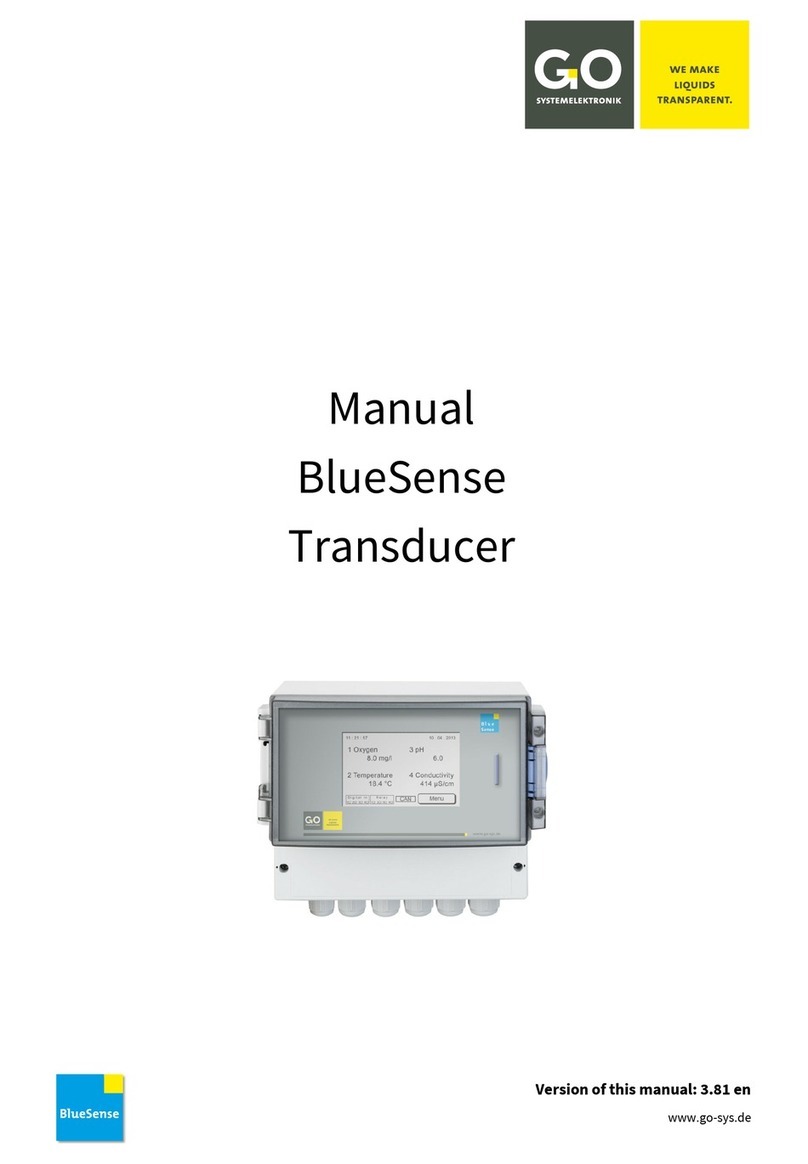
GO Systemelektronik
GO Systemelektronik BlueSense manual
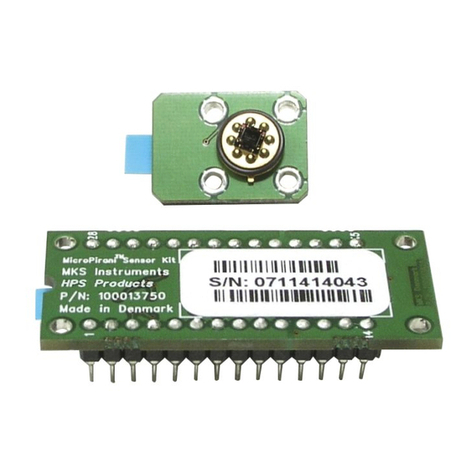
MKS
MKS 905 MicroPirani Design guide
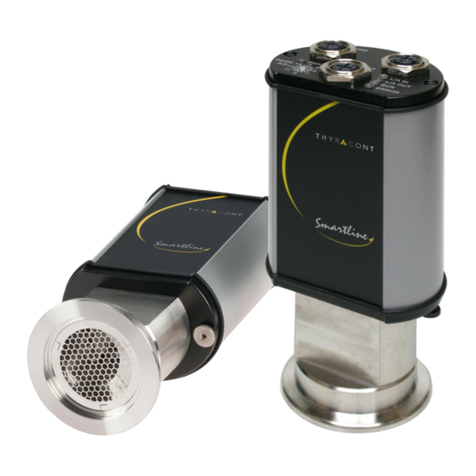
Thyracont
Thyracont VSH87PN operating instructions

controlair
controlair 2000 Installation, operation and maintenance instructions
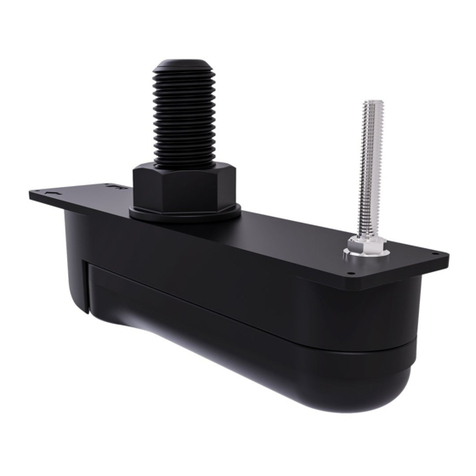
Raymarine
Raymarine HYPERVISION HV-300 installation instructions
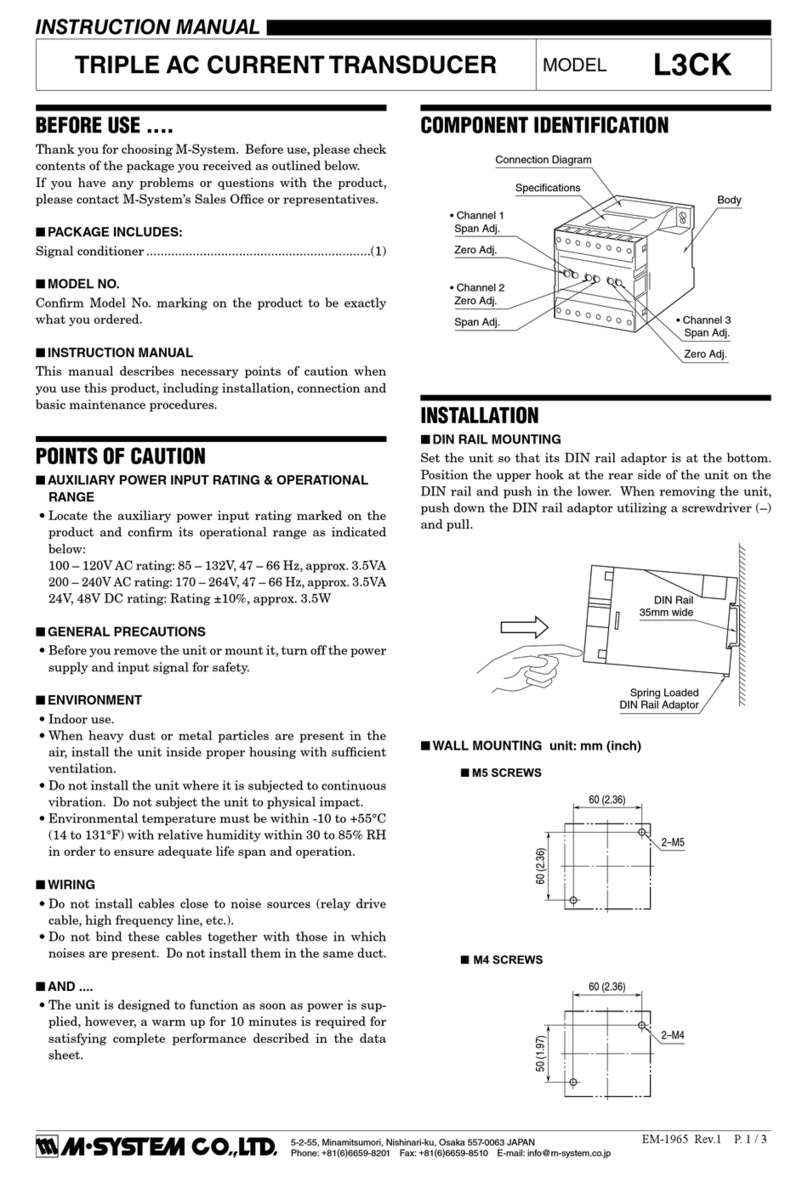
M-system
M-system L3CK instruction manual
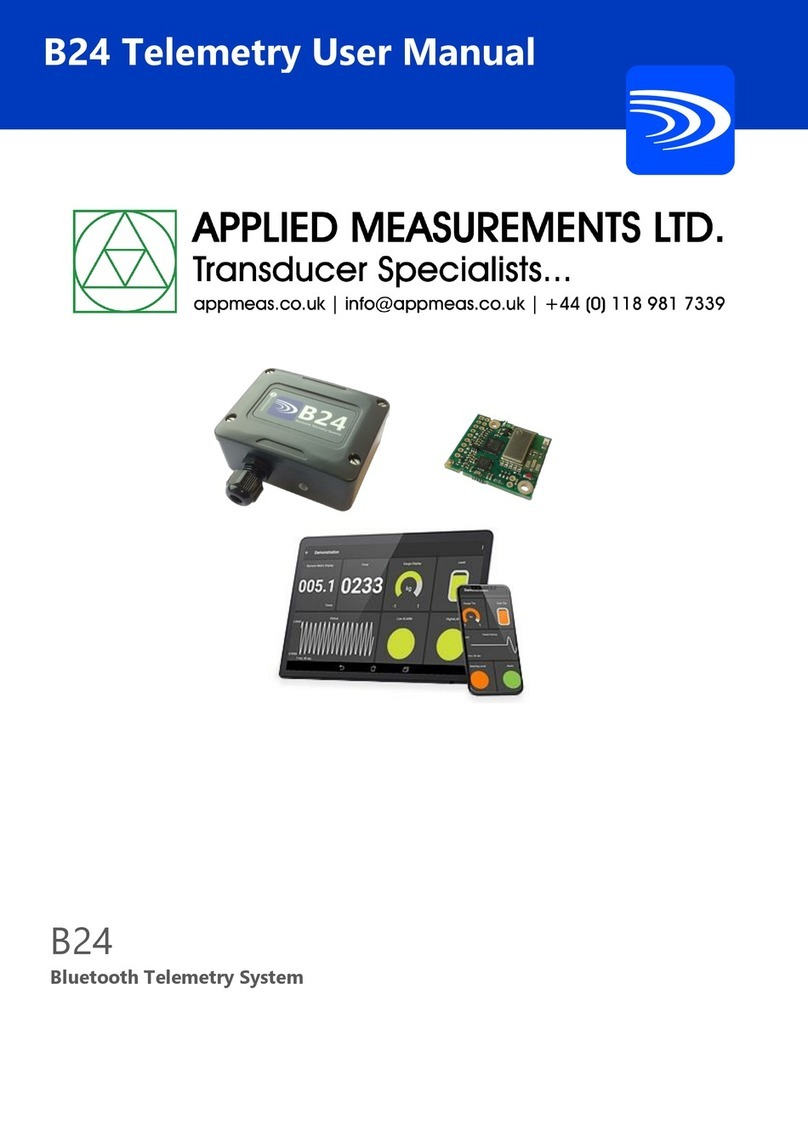
Mantracourt
Mantracourt B24 user manual
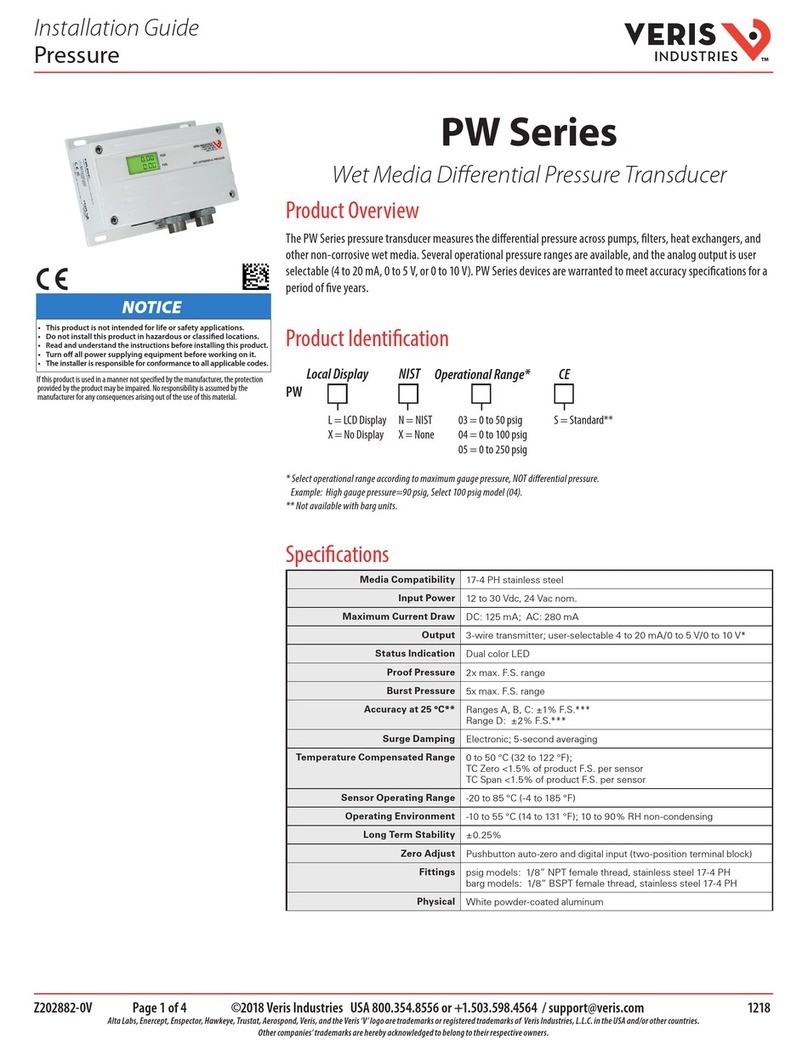
Veris Industries
Veris Industries PW Series installation guide
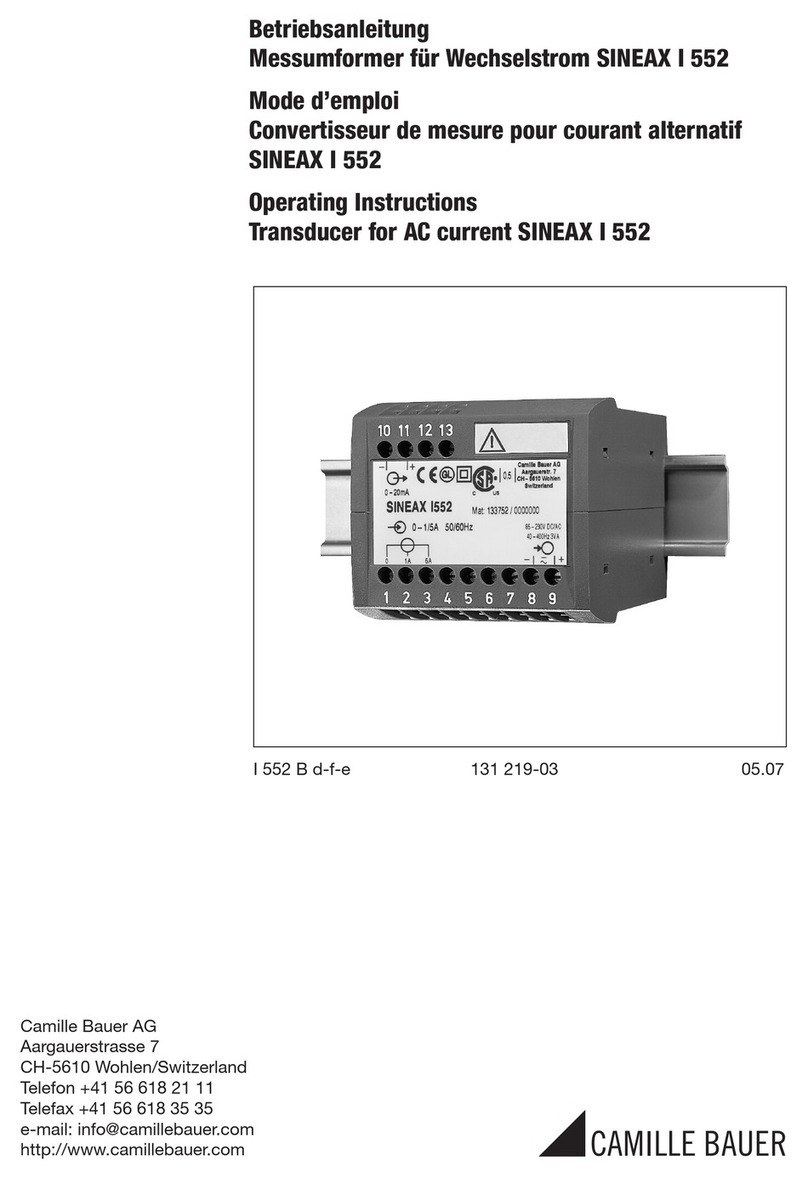
Camille Bauer
Camille Bauer SINEAX I 552 operating instructions
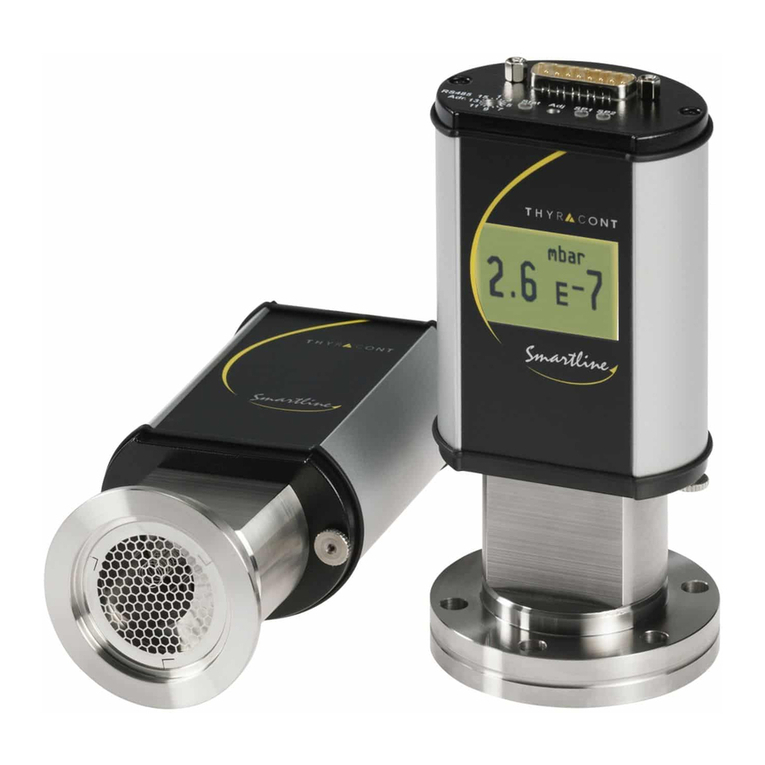
Thyracont
Thyracont VSH87D operating instructions
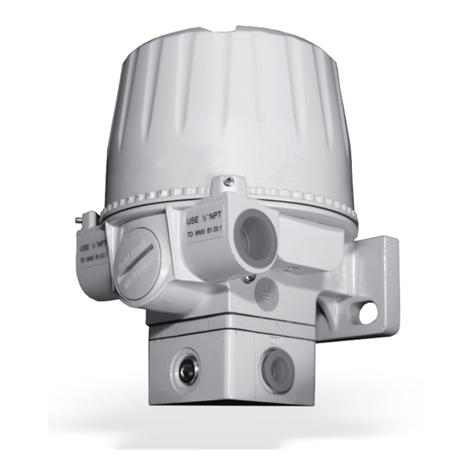
GE
GE Baker Hughes Masoneilan 4411 instruction manual
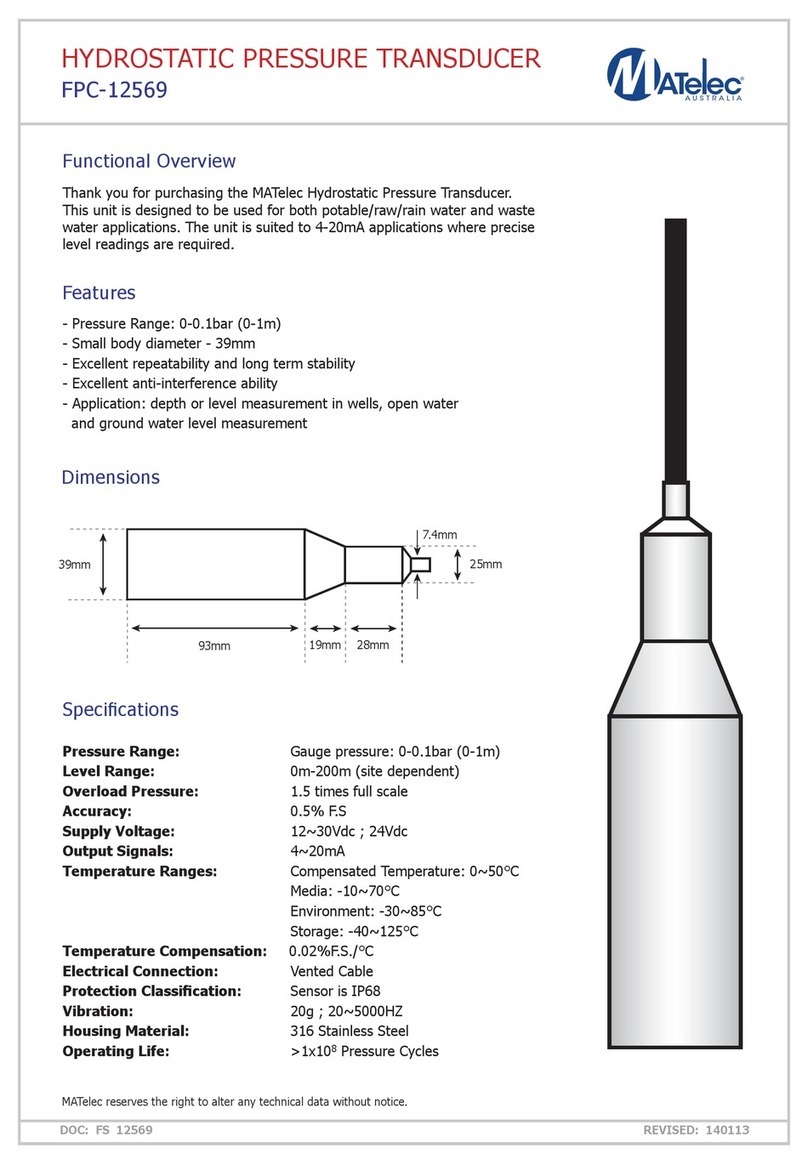
Matelec
Matelec FPC-12569 quick start guide
